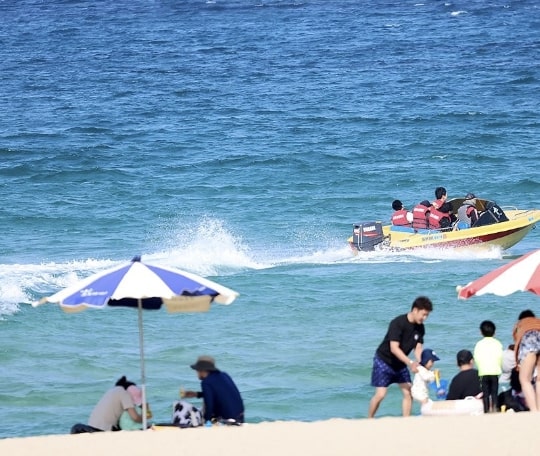
Korean Independence Movement Day: 104 Years Ago Today, Koreans Shouted for Independence
삼일절, Korean Independence Movement Day

On March 1, 1919, the Korean independence movement rose simultaneously in different cities of Korea, such as Seoul, Pyongyang, and Wonsan. The movement lasted until May throughout the entire nation.
The movement even spread throughout the world, including Manchuria, Primorsky Krai and the Americas.
It was the start of Korean people to have the courage to fight against Japan to bring back their country.
Today, March 1, marks the 104th anniversary of the Independence Movement Day in Korea.
Koreans named this day after the date, March 1 : “삼일절”
- 삼 – 3
- 일 – 1
- 절 – day
(a.k.a. Sam-il Movement)
1919 was indeed a significant year for Koreans.

1. The last king of the Joseon Dynasty, Gojong (고종), passed away on January 21.
2. The Republic of Korea declared independence on March 1.
3. Korean Provisional Government was established in Shanghai French Concession. (The Japanese colonial period was from 1910 to 1945.)

Excerpt of the Declaration of Independence

“We hereby declare that Korea is an independent state and that Koreans are a self-governing people… Behold! A new world is before our eyes. The days of force are gone, and the days of morality are here… Once started, we shall surely succeed. With this hope we march forward.”
Three Open Pledges
(a part of the Declaration of Independence)
- Our action today represents the demand of our people for justice, humanity, survival, and dignity. It manifests our spirit of freedom and d should not engender antiforeign feelings.
- To the last one of us and to the last moment possible, we shall unhesitatingly publicize the views of our people, as is our right.
- All our actions should scrupulously uphold public order, and our demands and our attitudes must be honorable and upright.
If you want to learn more…
1. 국립대한민국임시정부기념관
(National Memorial of the Korean Provisional Government)
A memorial hall established in 2022 to raise awareness of the history. There’s a permanent exhibition about Korean Provisional Government throughout the four floors.
- Hour: 10:00 – 18:00
- Closed on Monday
- No admission fee
[elementor-template id=”1290″]
2. 서대문독립공원
(Seodaemun Independence Park)
Located right next to the National Memorial of the Korean Provisional Government, it’s a historical site where many Korean independence activists were imprisoned during the Japanese colonial period.

– 서대문형무소역사관
(Seodaemun Prison History Hall)
- March – October 9:30 – 18:00
- November – February 9:30 – 17:00
- Closed on Monday
- Admission fee: adult (19-64) 3000KRW, teenager (13-18) 1500KRW, child (7-12) 1000KRW
– 독립관 (Independence Hall)
A hall used as a base for the independence movement.
– 독립문 (Dongnimmum Gate)
A memorial gate built as a symbol Korea’s commitment to independence.
(+ Patriotic Martyrs Memorial, Lee Jina Memorial Library, and more!)
[elementor-template id=”1305″]



